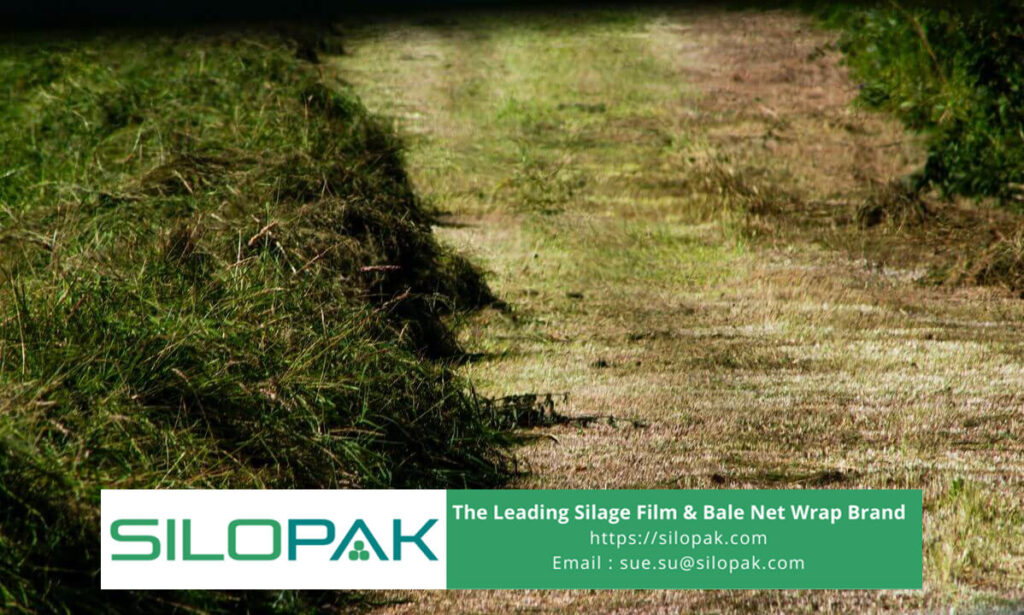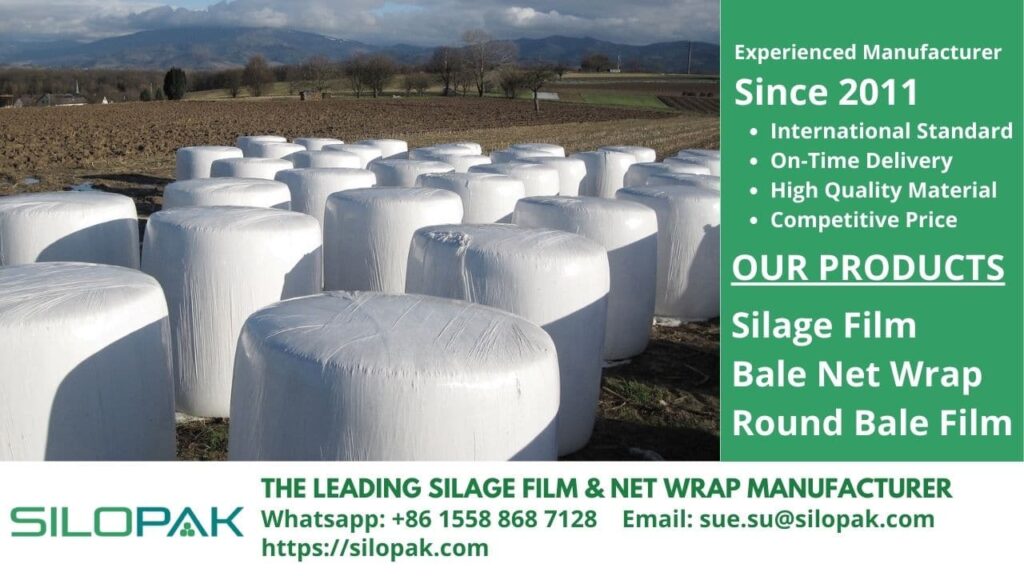
Mowing size is an important part of making silage, especially to minimize feed loss. Cutting techniques not only have to be done at the right time but also cut to a certain size so that the results are optimal. Do you have complete insight into making silage from start to finish?
Making fermented feed is not just about mixing grass and crop residues haphazardly and placing them in airtight containers, or wrapping them in silage film. Furthermore, each stage must be done carefully and measurably, including in matters of mowing size.
In this article, let’s discuss in detail the mowing size guide, where you have to know what the ideal size is, the tools needed, and all the important preparations around making high-nutrition fermented feed.
contents
What is the Most Recommended Mowing Size
Mowing the grass with the right size will make it easier to compact the material, wrap it, and prevent loss of feed. The fermentation process will also be easier when the grass is cut properly. While there’s no set length, you’ll need to adapt the cutting to the shape of the silage.
For example, if the purpose of cutting is to make round bale silage, then a reasonable cutting distance is about 2 cm to 5 cm. This kind of mowing size will optimize the fermentation process, as well as provide various benefits which we will describe in the following discussion.
Why Mowing Size Must Be Correct and Uniform?
Cutting grass for making silage cannot be done haphazardly. Even though it seems trivial, the right cutting size will provide various benefits, as follows:
Speed up the Fermentation Process
Mowing grass for silage in the range of less than 5 cm will facilitate the optimal release of sugar. When plant compounds increase, lactic acid mobilizes smoothly and the fermentation process is more optimal.
Minimizing Feed Loss
Short and uniform mowing sizes will support a good compression process and maximize space in the silo. This condition will automatically minimize feed loss, especially when the silage is packaged in round bales.
Increasing the Quantity and Quality of Silage

The composition of dry matter in silage must be balanced with appropriate cutting sizes to increase feed intake in fermented feeds. In the next stage, giving silage to livestock is maximized because the feed is easy to digest and has high nutrition because the correct mowing size has been implemented.
What if the Silage Grass Is Cut Too Long or Too Short?
Although there is no standard size in cutting silage techniques, ideally grass and silage materials are cut in the range of 2 cm – 5 cm. If the mowing size is too short, for example under 2 cm, feed consumption will potentially decrease.
Conversely, if the silage grass is too long, there will be a decrease in quality during the preservation period in the silage. This condition will also make it difficult for livestock to eat feed because the size of the feed is too long.
Mowing Size Tips in Making Fermented Feed for Livestock
To get good fermented feed, you have to go through various stages correctly, from setting the right time to mow the grass, setting the right mowing size, to wrapping the bales with high-quality silage film. Let’s look at the following tips for ideal lawn mowing instructions:
- Cut grass and other silage materials with a length in the range of 2 cm to 5 cm. Make sure the cutting size is not too long and not too short so that it supports the optimal fermentation process and is easily digested by livestock.
- Use a sharp cutting tool so that the grass can be cut to a certain size in one fell swoop. For large-scale silage production, the use of special cutting machines is highly recommended so that the silage production process takes place more quickly, uniformly, and efficiently.
- Consultation with experienced breeders and veterinary experts is highly recommended so that you can cut the grass to the right size and with the most effective tools. Even if you have been making silage for years, it is very important to always update references and insights about mowing sizes and overall silage-making techniques.
Silage Wrapping
Mowing size is an important part of the practice of making silage. After cutting the grass at the right time and size, you can immediately move on to the next stage, namely wrapping the silage with good silage film, bale net wrap, or round bale film.
Cooperation with the best film silage suppliers must also be sought. Make sure you buy silage wrappers and other supplies from a credible and experienced manufacturer. That way, you have the opportunity to get high-quality products at the lowest prices.
Finally, step-by-step making silage, including mowing size, must be done carefully and accurately. You also have to prioritize the use of agricultural machinery and the right supporting tools, to produce fermented feed that can support livestock health and productivity.

